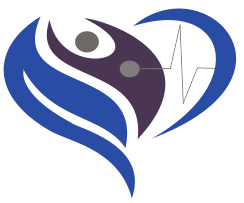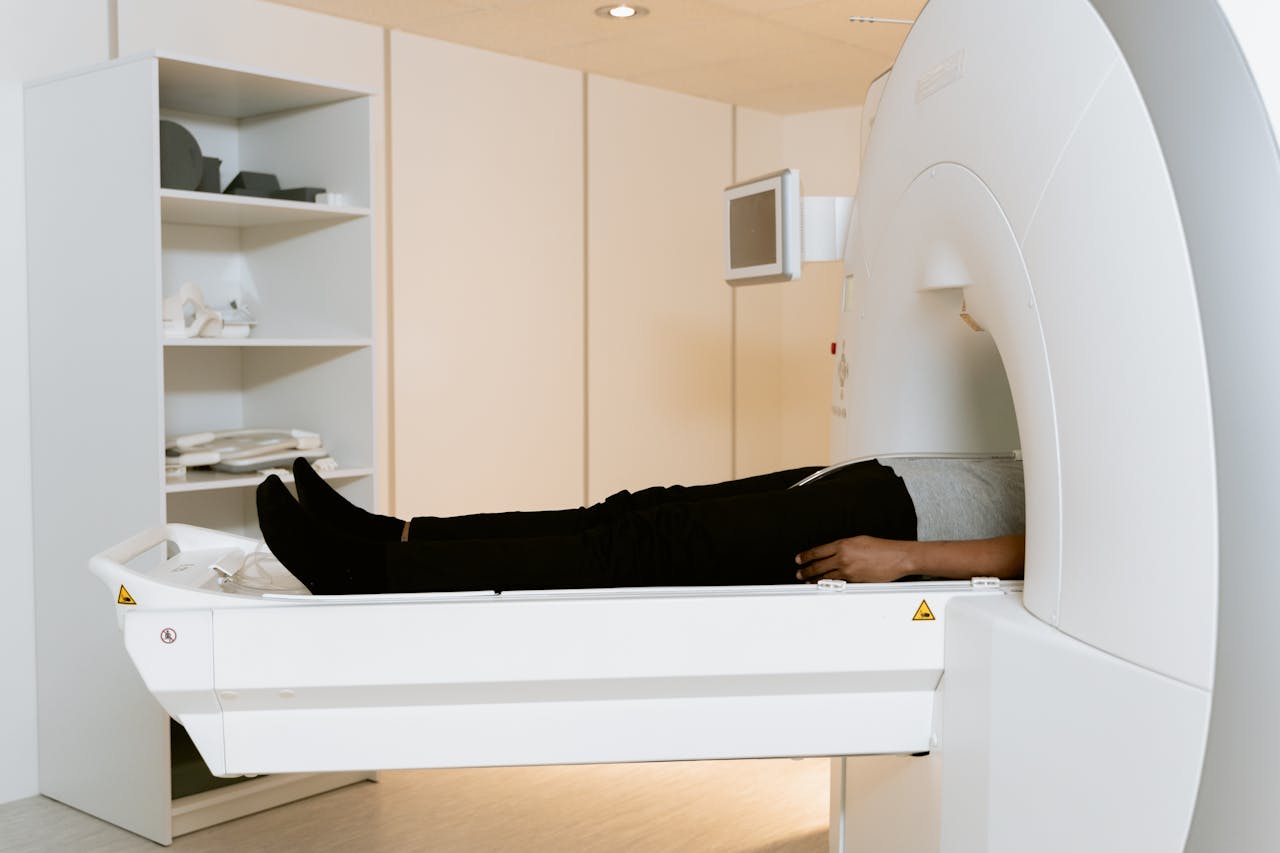CT Scan
A CT scan, or computed tomography scan, is a medical imaging procedure that uses X-rays and computer processing to create detailed cross-sectional images of the body. It produces images that are more detailed than those obtained through conventional X-ray examinations.
During a CT scan, the patient lies on a table that moves into a doughnut-shaped machine called a CT scanner. The scanner emits X-rays as it rotates around the body, capturing multiple images from different angles. These images are then processed by a computer to create cross-sectional slices or 3D images of the body part being examined.
CT scans are commonly used to diagnose and monitor various medical conditions, including:
- Traumatic injuries, such as fractures or internal bleeding
- Tumors and cancer
- Heart and vascular conditions.
- Brain and spinal cord disorders
- Lung conditions, such as pneumonia or lung cancer
- Abdominal and pelvic conditions, such as kidney stones or appendicitis
While CT scans provide valuable diagnostic information, they do expose patients to ionizing radiation, which carries some risk. Therefore, healthcare providers typically weigh the benefits of the scan against the potential risks, especially for repeated or unnecessary scans. Additionally, contrast agents may be injected into the bloodstream to enhance the visibility of certain tissues or organs during the scan.

